 Back to Index
Back to Index
FIONA PARDINGTON
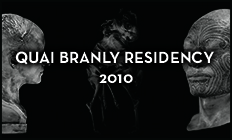
|
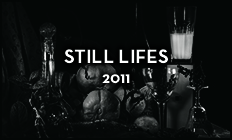
|
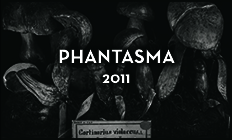
|
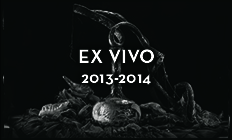
|
Fiona Pardington’s work investigates the history of photography and representations of the body, examining subject-photographer relations, medicine, memory, collecting practices and still life. Her deeply toned photographs are the result of specialty hand printing and demonstrate a highly refined analogue darkroom technique, translated in her more recent practice to digital media. Of Ngāi Tahu, Kati Mamoe and Scottish descent, Pardington’s practice often draws upon personal history, recollections and mourning to breath new life into traditional and forgotten objects. Her work with still life formats in museum collections, which focuses on relics as diverse as taonga (Māori ancestral treasures), hei tiki (greenstone pendants) and the now-extinct buia bird, calls into question our contemporary relationship with a materialized past as well as the ineffable photographic image.
Pardington holds an PhD in photography from the University of Auckland and has received numerous recognitions, including the Ngai Tahu residency at Otago Polytechnic in 2006, a position as Frances Hodgkins Fellow in both 1996 and 1997, the Visa Gold Art Award 1997, and the Moet and Chandon Fellowship (France) from 1991-92. Born in 1961 in Devonport, New Zealand, Pardington lives and works in New Zealand.
Pardington participated in MOMENTUM’s 2011 exhibition A WAKE: Still Lives and Moving Images with 30 digital photographs chosen from three discreet series of works, now organized into the single moving image piece “Organic” (2010/11) for the MOMENTUM collection. By pairing seemingly random but personally charged items that once belonged to beloved family members in New Zealand, she questions the nature of human survival in relation to forgotten or altered cultural activity.
In 2014 Fiona Pardington undertook a seven week Artist Residency at MOMENTUM, working towards her participation in the exhibition FRAGMENTS OF EMPIRES (7 N0v 2014 – 1 Fen 2015).
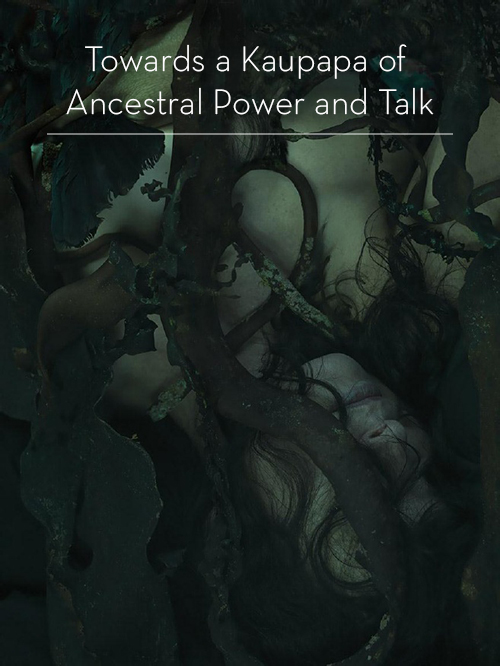 |
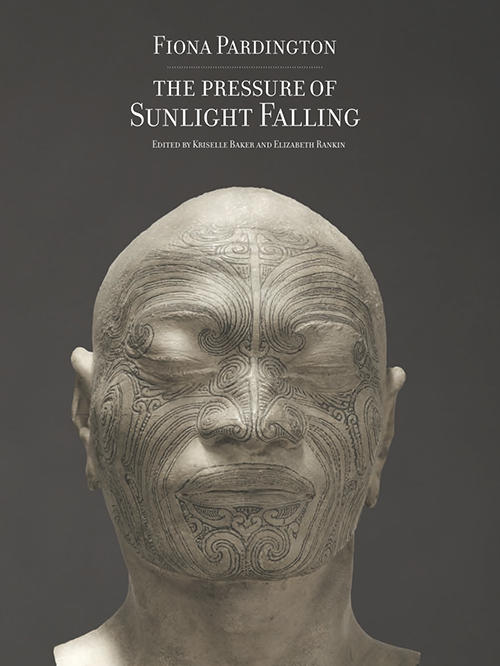 |
- See Fiona Pardington in ‘A WAKE: Still Lives and Moving Images’, 2011
- See Fiona Pardington in ‘FRAGMENTS OF EMPIRES’, 2014
“It works on a number of levels – once again my whakapapa/genealogy – random items that belong to beloved family members and important family members i had little contact with – like a child’s silver christening cup found by chance in a skip by my aunt when my grandmother’s house in bluff, southland was cleared after sale – it belonged to my father…silk scarves found in french flea markets, shells taken from beaches important to ngai-tahu because they are mahinga kai/traditional food gathering from the sea….seaweed, bottles dug out of the sand, hidden shells from the beach the ngai-tahu cheif tangatahara lived near. Paua shells from otakou – paua shells are important food but also the shell can be seen as a tourist cliche and is sitting in a strange NZ cultural limbo presently. Crystal wine glasses from op shops, native flowers and introduced weeds and pest plants introduced from overseas by the colonizers.
All the flowers and fruit are found on waiheke on roadsides (one of the few places wild food still exists on our waiheke) and back yards, or my back yard (very early house) or abandoned houses/fields. Op shops around NZ for much of the glassware/junk- or france, same. Many of the objects are mine personally, each with particular meanings/memories and places. I see reflections of the original cultures colonizers were a part of. There are personal simple lifeways in things such as agee jars and early penfolds wine/sherry bottles. Some of the bottles are dug up from early settlement is NZ like out on the otakou peninsula. Pipi and shells from traditional maori food collection beaches both here and otago/moeraki… weeds like hemlock, wormwood/mugwort, clover, etc etc…potions, healing, poisoning, folk remedies. I have yet to do clematis and a few more maori plants involved in rongoa. soon as rose season comes, theres early settlers roses that have gone wild to pick and photograph. eggs are from my freerange chickens. They tie you to nature, going and picking up warm eggs just laid. Also such a perfect meld off form and function is the egg. the big one is a hand made dummy egg – it was made by an old lady on wilma road who has organic goats, makes cheese etc – raku fired and blue (for my aracana hens) she gifted it to me when I gave her some of my laying hens.
Huge woodpigeons eat all the plum blossoms and the new leaves. All the weeds and such have their times to blossom, I’m watching seasons as I drive up and down to the ferry, watching individual plants of hemlock bud flower and seed. Lemons – nothing more beautiful than the morning scent of a lemon picked by our own hand from an ancient bush. They are all lumpy and have various leaf blights and so forth, but they are so real, matter of fact.
Survival, seasons, bottling, making jam, its all activity lost to many of us. It was more than a good quality of life, it meant the difference between struggling and starving or living with some grace and gusto.
My grandmother told me that when she was young, she and her mother dug a big pit on their back yard and buried all their unwanted crockery and glassware…. there’s an old fridge buried in this back yard. An old chicken coop has been broken and smothered by a huge plum tree. A staple fruit tree for early NZ colonizers. Jam pans in the shed. Bottling jars. I still fantasize about finding the house and the backyard and digging up all my great grandmothers unwanted kitchenware. people did things differently back then.
I spend a lot of time on beaches and on land surrounding beaches looking at the shells, fish, food sources, the power of one pipi shell (herries beattie collection at dunedin public art gallery taught me that, as any maori about their mahinga kai) ……where people lived and what they planted, what they cut down and destroyed, remnants. Like old bottles and jars. Things dropped and lost. Gorse. Gorse gorse….one of my next still life subjects. It was hedging in britain but flowers 4x a year here. It really upsets me. Pipi shells have different striations and colours depending on the minerals they are buried in. I know where all the different coloured shells – blacks or oranges – are on different beaches, and where certain types of shells I love are. I know their names and they comfort me and keep me focused when I am thinking about art when i walk on the beach. I find them each so unique and so humble, little bits of nothing, but each nothing is also something. Everything and nothing combined. Just like me, or you.
People getting old and dying, all their things been thrown out in to the bush behind their house, left in sheds or sold, given to op shops etc…its just happened to one of the original pakeha families 3 doors up – house sold, all their stuff gone, found his 1930′s drivers license in the bush just up from our place. Someone had thrown all their old suitcases down in to the creek in the native bush below us. Masses of baby nikau and karaka seedlings slowly suffocating them. Fallen widowmakers (epiphytic plants living in the top of tress that fall down and kill people) lying dying on the forest floor. Trickling water and tui song chucking away out in the sunlight. I know there are morepork hiding and there is a white kereru in the valley.
Every object has a particular meaning for me, a certain feeling, an emotion, a history, often a history I can sense, even though I can’t tell you its story.”
— Fiona Pardington (2011)

